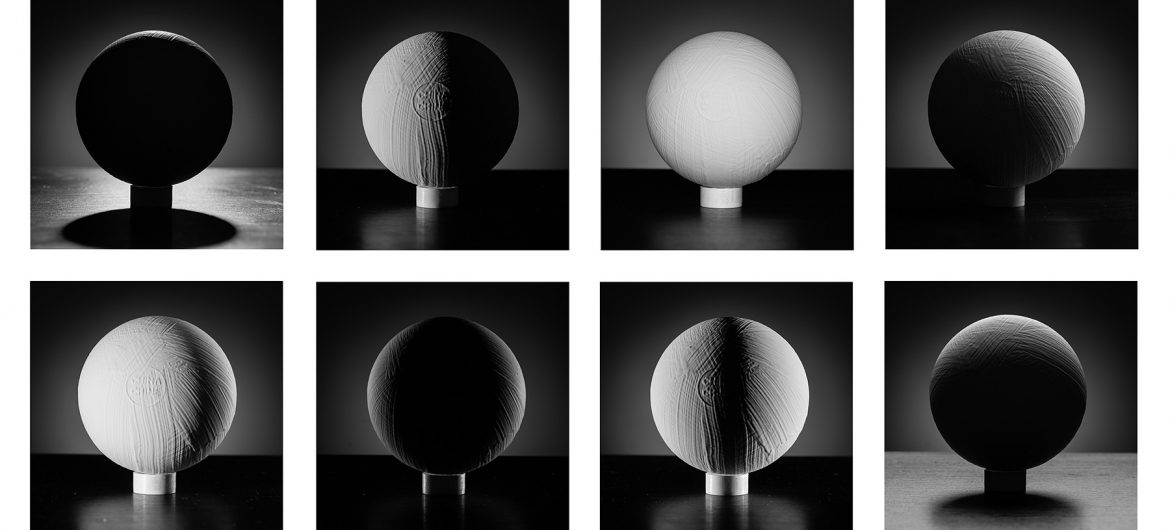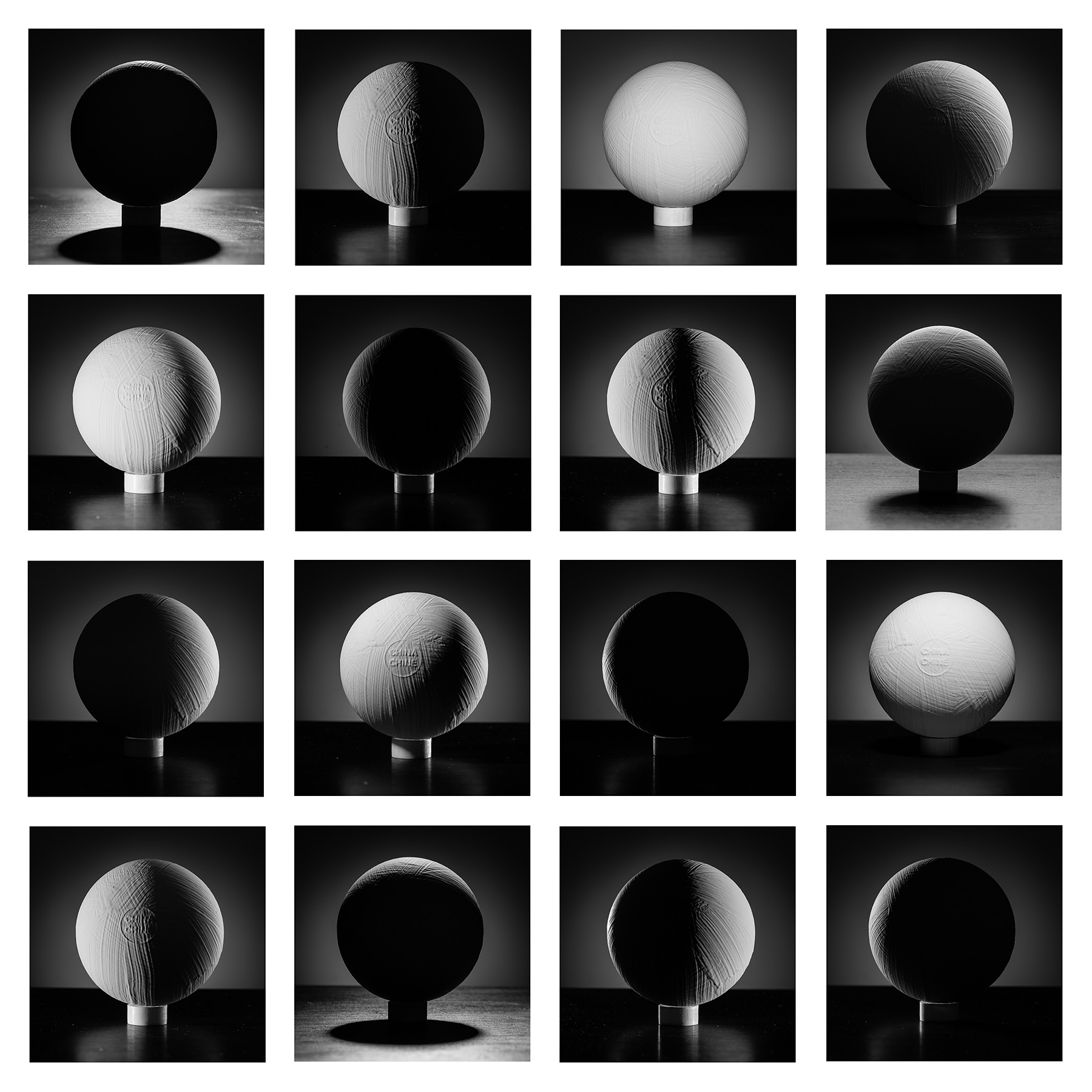Photography Tips: Eugene van der Merwe from CTSP explains the importance of really seeing and understanding light.
Eugene van der Merwe, Lecturer at the Cape Town School of Photography explains the importance understanding light.
When last did you really see light? I don’t mean just casually noticing a humorously shaped shadow or the glare of an oncoming car’s lights in your not-so-clean windshield. I mean really intense, serious business seeing. Is the reflection of the light dull or shiny, or perhaps a bit of both? Is the edge of the shadow crisp and hard, or so indistinct you don’t even notice it ending? Which part of the actress’ face is lit, how on earth does the hair light manage to follow her around the room, and why, just why, is this week’s beau’s face also lit from the left when they are facing each other?
Mystical soap opera lighting aside, seeing light, and understanding why it looks the way it does, is one of the most under-rated and neglected skills among casual and serious photographers alike. Light is our raw material, it’s the reason photography exists. This should be reason enough to pay serious attention to it, however what it can do to the things we photograph is far more compelling still.
Getting into the habit of looking at the effect of light on surfaces, figuring out what about the source and environment makes it look the way it does, is the cornerstone of good lighting technique. Without the ability to really see light, we have no way of controlling it or deciding how to work with it. Meaning you might as well replace the words “lighting skill” with “luck” in your photography CV.
Changes in light shape define our subjects, giving them depth and texture – giving them life. It may also do the opposite, disguising the very characteristics that drew us to photograph something in the first place. Changing a striking scene into a vague, poorly defined photograph. The difference between just another snapshot and something you want on your wall is in the light. It may be in the colour, in subtle or harsh shadows, or the way it picks out one person in a crowd. But in all cases the difference between “ooh” and “huh?” is literally, the width of a shadow.
P.S. The photo part of the word “photography” comes from the Greek word “Photo”, meaning light, enough of a hint that we need to pay it some attention?
The Cape Town School of Photography offers both full-time and part-time photographic courses. Courses range from beginner to more advanced and enrolments are now open for Term 2 Part-Time courses starting on April 21st. Visit their website for more information.











It’s the Greek word ‘phōs’ φως (‘phōtos’ in the genitive) for future ref. There isn’t an ending ‘phōto’ in Greek afaik.